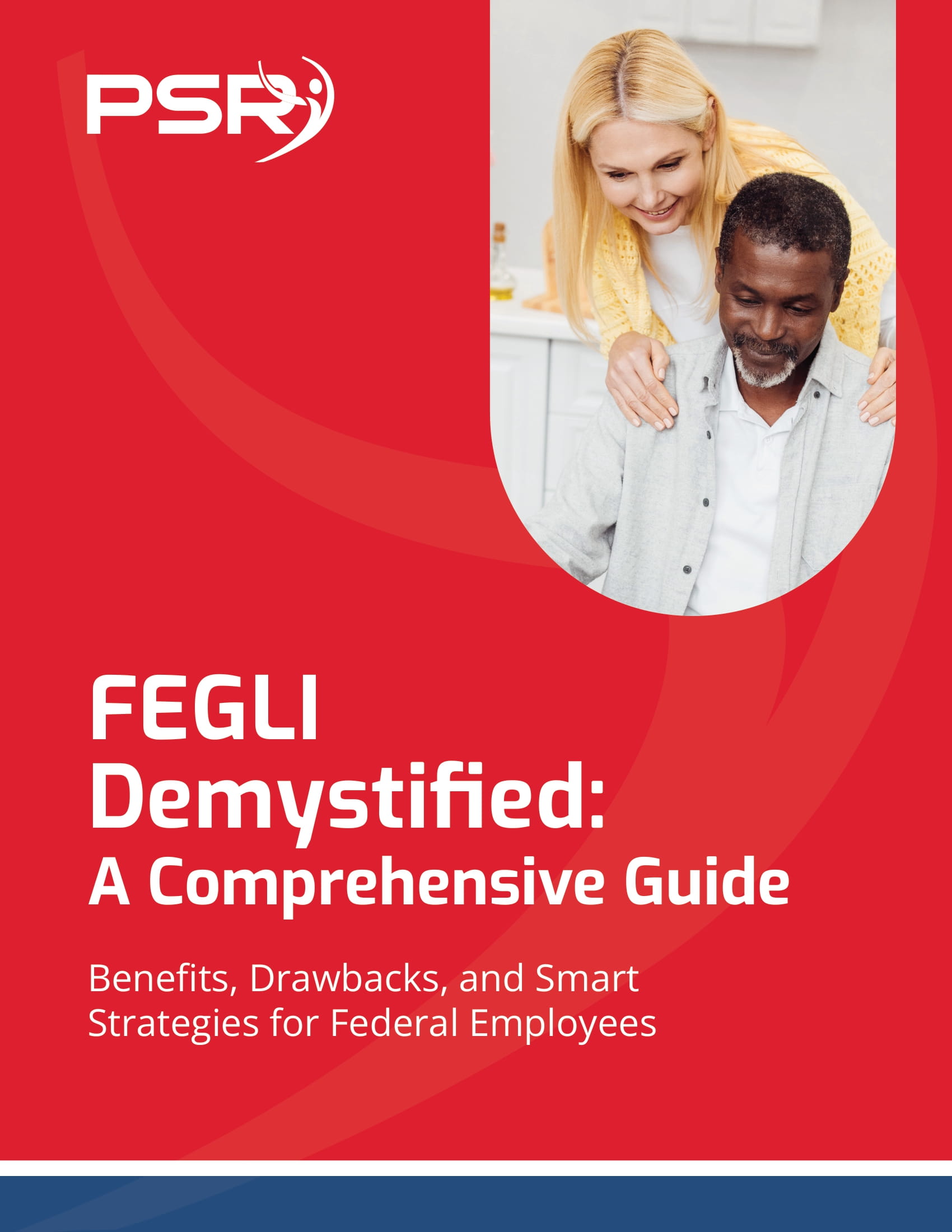Key Takeaways:
- Your federal benefits package has perks you might not even know exist—don’t miss out!
- From retirement boosts to healthcare coordination, these hidden gems can maximize your financial security.
Have You Looked at All the Perks in Your Federal Benefits Package?
If you’re like most federal employees, you probably know the basics of your retirement package. You contribute to your Thrift Savings Plan (TSP), you’ve heard about the Federal Employees Retirement System (FERS), and you’re planning to retire with some peace of mind. But did you know there are several lesser-known perks in your benefits package that could significantly enhance your financial future?
- Also Read: FAA, Law Enforcement, and Special Federal Employee Categories—Here’s What Makes Their Retirement Unique
- Also Read: Blending Private and Public Sector Retirement Plans Is Complicated—Here’s Where Couples Get It Wrong
- Also Read: The Silent Shift in Postal Service Retirement Benefits That Could Change Everything by 2026
Maximize Your Pension with Military Buyback
If you’ve served in the military, did you know you can “buy back” your military service time and apply it toward your federal civilian pension? This option allows your years of active military service to count towards your FERS or Civil Service Retirement System (CSRS) pension calculation. That could mean a higher pension, sooner retirement eligibility, or both!
This process is called a “military service deposit,” and it’s available to those who served in the military before joining the federal workforce. You’ll need to pay a deposit—typically a percentage of your military earnings—but the long-term benefits of increasing your pension and retirement security make this a worthwhile investment.
Pro tip: Get started on your military buyback early in your career. The longer you wait, the more interest you’ll accrue on that deposit, which can make it more expensive over time.
FERS Special Retirement Supplement: Your Bridge to Social Security
If you retire before you’re eligible for Social Security (at age 62), the FERS Special Retirement Supplement is an incredible perk. This supplement is designed to “bridge the gap” between your FERS retirement and Social Security, giving you additional income during those early retirement years. It’s especially useful for employees like law enforcement officers or air traffic controllers who often retire earlier than traditional federal employees.
The amount of this supplement is calculated based on the number of years you’ve worked under FERS and an estimate of your future Social Security benefits. Although it only lasts until you reach age 62, it can be a nice financial cushion in those first few years of retirement.
Heads up: This supplement is subject to the Social Security earnings test, meaning it could be reduced if you earn above a certain limit in post-retirement employment.
FEDVIP: Don’t Overlook Dental and Vision Coverage
Healthcare is always a big consideration in retirement, and while you probably know about Federal Employees Health Benefits (FEHB), the Federal Employees Dental and Vision Insurance Program (FEDVIP) often flies under the radar. Unlike your regular FEHB medical insurance, FEDVIP specifically covers dental and vision services, which can be critical as you age.
The best part? You can carry FEDVIP into retirement, and it works even if you’re also enrolled in Medicare. That way, you get comprehensive healthcare coverage across the board. Keep in mind, however, that FEDVIP is separate from your FEHB plan, so you’ll need to enroll in it during the annual Open Season.
Thrift Savings Plan (TSP) Matching Contributions
If you’re in FERS, the government’s contribution to your TSP is a major benefit, but are you making the most of it? For FERS employees, the government automatically contributes 1% of your salary into your TSP, even if you don’t contribute anything. Plus, if you do contribute, you’ll receive up to a 5% matching contribution from your agency.
That’s essentially free money, so be sure to contribute at least enough to get the full match. Also, the TSP’s tax-deferred growth means your contributions will grow faster over time, giving you a larger retirement nest egg.
Catch-up contributions: If you’re over 50, you can make additional “catch-up” contributions to your TSP, allowing you to save even more. Starting in 2025, the SECURE 2.0 Act will allow even higher catch-up contributions for those aged 60-63, which can supercharge your retirement savings in the final stretch of your career.
Coordinate FEHB and Medicare for Maximum Coverage
Once you hit age 65, you’ll be eligible for Medicare, and here’s the good news: you can keep your FEHB plan even after enrolling in Medicare! Many retirees choose to combine FEHB and Medicare Part A (hospital insurance) to minimize out-of-pocket costs, while still enjoying the comprehensive coverage FEHB provides.
This dual coverage can reduce your healthcare expenses significantly, especially for hospital stays and other medical services. If you decide to enroll in Medicare Part B (medical insurance), your FEHB plan can act as secondary insurance, covering some of the costs Medicare doesn’t.
Tip: Be sure to review how your specific FEHB plan coordinates with Medicare before making any decisions. Some plans may waive certain costs entirely if you’re enrolled in both Medicare Parts A and B.
Retirement Planning for Your Spouse: Survivor Benefits
Another hidden perk in your benefits package is the option to provide survivor benefits for your spouse. This means that in the event of your death, your spouse can continue to receive a portion of your pension. You can choose from two options: a full survivor benefit (which provides 50% of your pension) or a partial survivor benefit (which provides 25%).
While opting for a survivor benefit will reduce your monthly pension during your lifetime, it ensures that your spouse is financially protected after you’re gone. It’s an important part of retirement planning, especially if your spouse relies on your income for financial stability.
Heads up: If you choose not to provide survivor benefits, your spouse could lose access to FEHB coverage after your death. So, even though it means a slight reduction in your pension, it’s worth considering this protection.
MRA+10: Flexibility for Early Retirement
Have you ever heard of the MRA+10 option? Under FERS, this allows you to retire as early as age 57 (your Minimum Retirement Age) with at least 10 years of service. While retiring this early does come with a reduced pension, it gives you the flexibility to leave federal service earlier than you might have thought possible.
The catch? For each year you retire before age 62, your pension is reduced by 5%. However, if you’re financially prepared and don’t mind the reduction, this could be an attractive option to consider if you’re ready for an early exit.
Wrapping Up: Don’t Miss Out on These Hidden Gems
As a federal employee, your benefits package is packed with perks that can help you build a secure retirement. From boosting your pension through military buyback to leveraging your healthcare benefits for comprehensive coverage, taking advantage of these lesser-known options can make all the difference.
Make sure to dive deep into your benefits during Open Season and consult your HR department or financial advisor to ensure you’re not leaving any money on the table. With the right strategies, you can retire with confidence, knowing you’ve made the most of every perk available to you.












